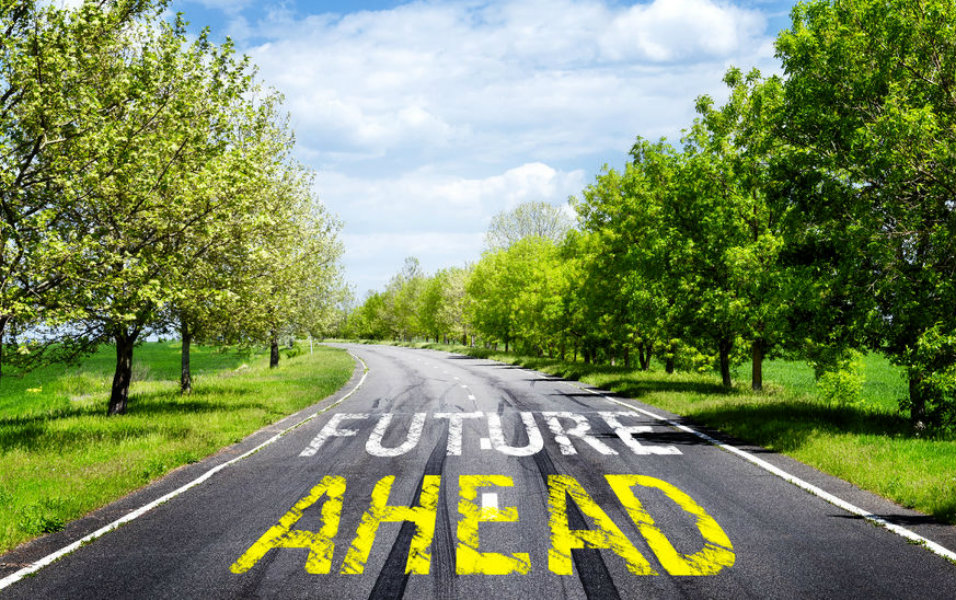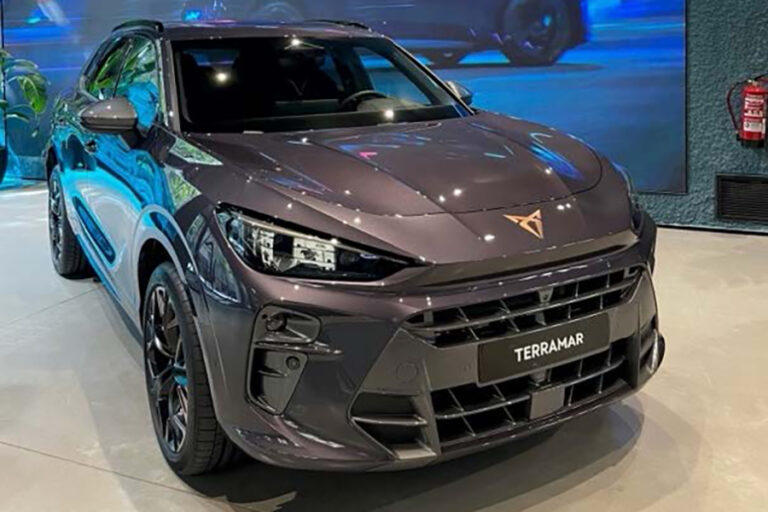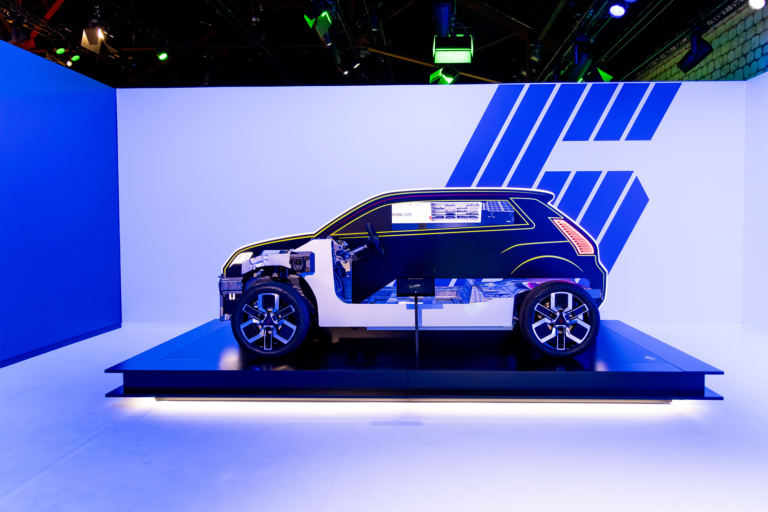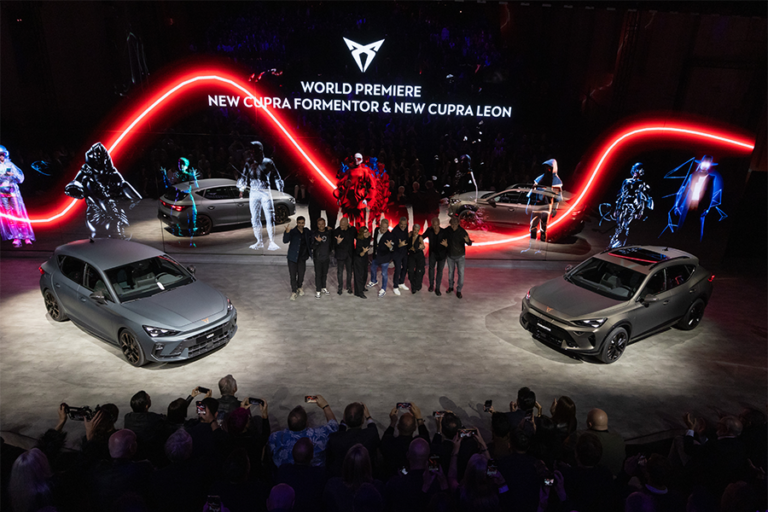It’s 2038 and the last conventional thermal engine car has, just like the dinosaur, been consigned to the museum.
Out on the street the air is clear, and the only traffic noise is the gentle hum of electric motors as cars, buses and scooters zip by; transport has been electrified and the electric battery has matured.

The roads are clearer too, traffic jams a distant memory as autonomous vehicles optimize their movements, their routes and their space on the roads.
And there’s less anxiety, thanks to a nationwide network of ultra-fast charging points which mean drivers need no longer worry about leaving the city limits.
In car parks and at home, vehicles clear a profit. Plugged into the network, these batteries on wheels are paid for offering storage.

Other vehicles like tractors, perhaps used just a few weeks a year, are also electric and now earn money as they stand idle, the two-way charging infrastructure allowing their batteries to help stabilize the grid and provide their owners with an income.
Electrification has spread to the marina as well. Now boats skip the waves not just pollution-free but cost-free too, batteries working overtime during their time on land.
Road haulage has followed suit, and even aerospace.
From Vehicle-to-Grid (V2G) to Boat-to-Grid (B2G), we may not have yet reached 2038, but we are on the road to an electric revolution. Or, to paraphrase Einstein’s famous formula: F=em2g, or Future = eMobility to grid![]()
Ernesto Ciorra, Head of Innovation and Sustainability, Enel
As published in TIME magazine









